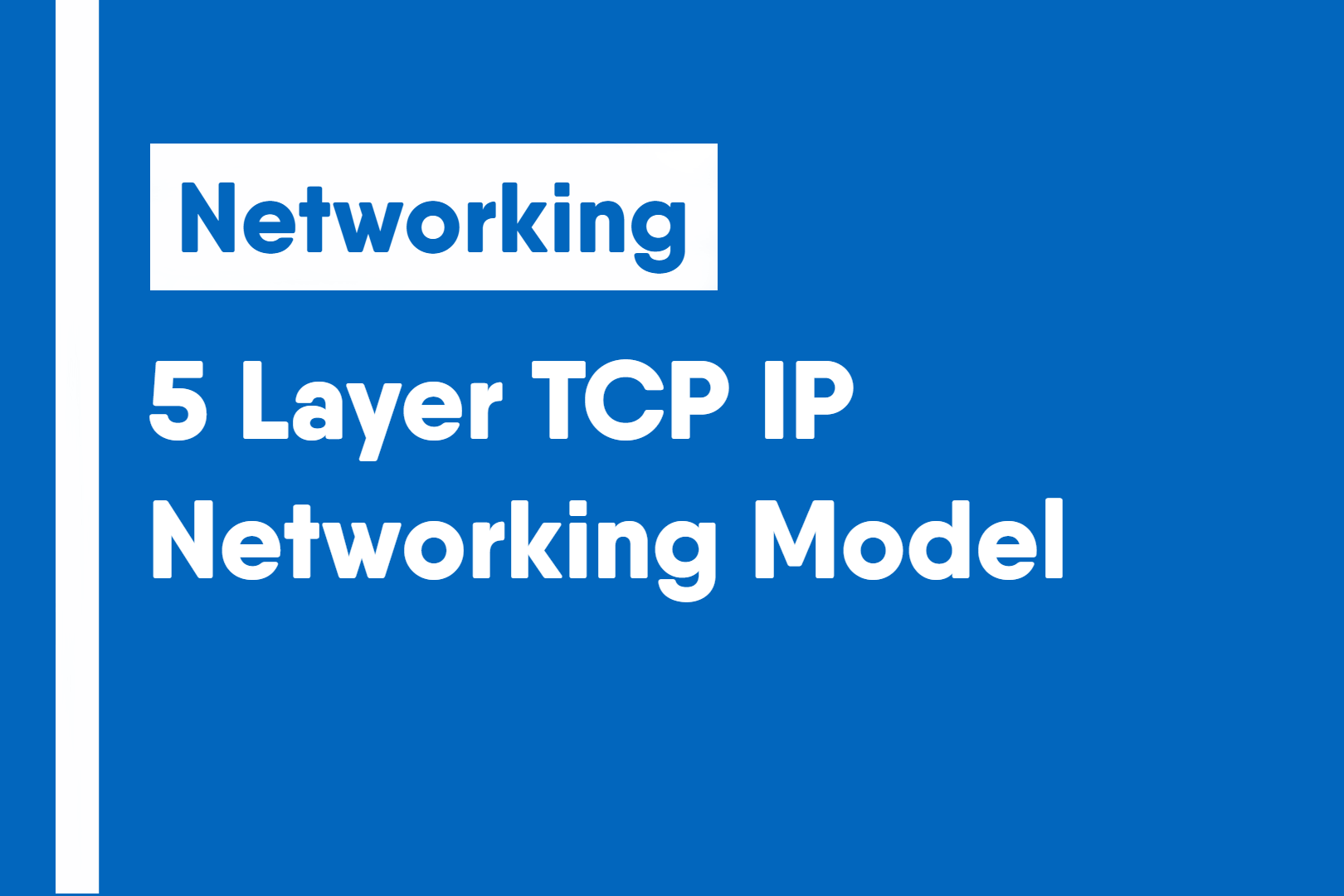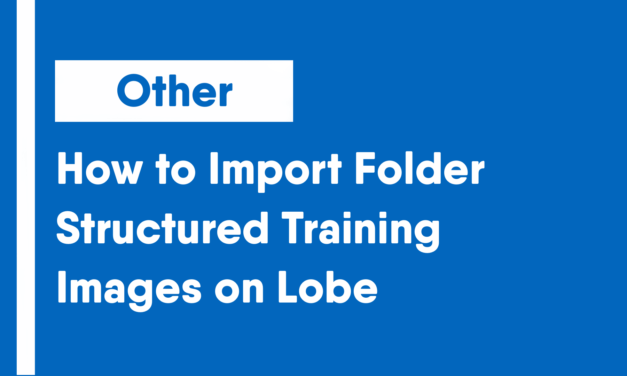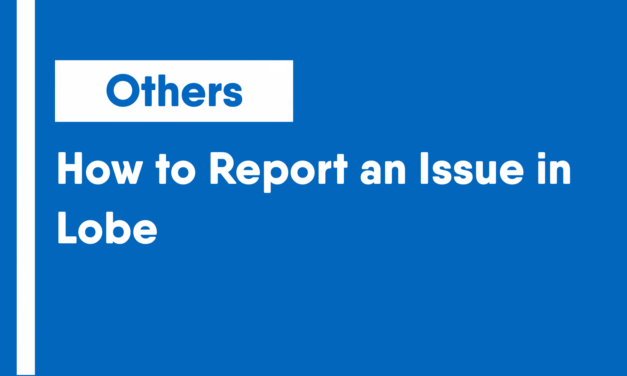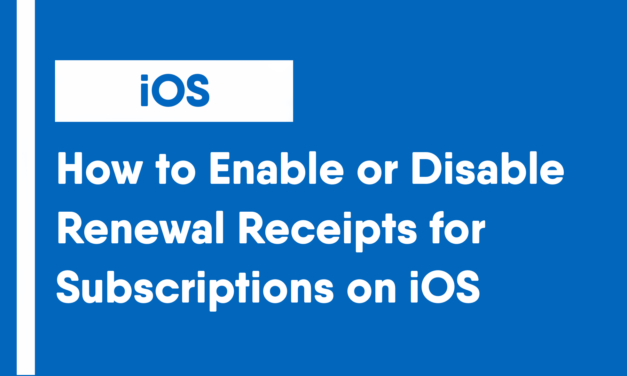The TCP/IP Network Model represents the five layers of networking that are required to transfer data across a network. Every layer works to help move the data to the next.
The 5 Layer TCP/IP Network Model, more commonly known as the 5 Layer Model, consists of, as the name suggests, 5 layers. They are the physical layer, the data link layer, the network layer, the transport layer, and the application layer.

Physical Layer
In some ways, the physical layer of our network stack model is the most complex. Its main focus is on moving ones and zeros from one end of the link to the next. But, very complicated mathematics, physics, and electrical engineering principles are at play to transmit huge volumes of data across tiny wires at incredible speeds.
Data Link Layer
The data link layer is responsible for defining a common way of interpreting these signals, so network devices can communicate. Lots of protocols exist at the data link layer, but the most common is known as Ethernet, although wireless technologies are becoming more and more popular. Beyond specifying physical layer attributes, the Ethernet standards also define a protocol responsible for getting data to nodes on the same network or link. Other standards such as fiber are also getting popularity among data centers.
Network Layer / Internet Layer
The third layer, the network layer is also sometimes called the Internet layer. It’s this layer that allows different networks to communicate with each other through devices known as routers. A collection of networks connected together through routers is an internetwork, the most famous of these being the Internet. Hopefully, you’ve heard of it. While the data link layer is responsible for getting data across a single link, the network layer is responsible for getting data delivered across a collection of networks. Think of when a device on your home network connects with a server on the Internet. It’s the network layer that helps gets the data between these two locations. The most common protocol used at this layer is known as IP or Internet Protocol. IP is the heart of the Internet and most small networks around the world. Network software is usually divided into client and server categories, with the client application initiating a request for data and the server software answering the request across the network. A single node may be running multiple client or server applications. So, you might run an email program and a web browser, both client applications, on your PC at the same time, and your email and web server might both run on the same server.
Transport Layer
While the network layer delivers data between two individual nodes, the transport layer sorts out which client and server programs are supposed to get that data. When you heard about our network layer protocol IP, you may have thought of TCP IP, which is a pretty common phrase. That’s because the protocol most commonly used in the fourth layer, the transport layer, is known as TCP (Transmission Control Protocol). While often said together as the phrase TCP IP, to fully understand and troubleshoot networking issues, it’s important to know that they’re entirely different protocols serving different purposes. Other transfer protocols also use IP to get around, including a protocol known as UDP (User Datagram Protocol). The big difference between the two is that TCP provides mechanisms to ensure that data is reliably delivered while UDP does not. UDP is known for being unreliable as it does not incorporate the same systems as TCP to ensure that the transfer of data occurs reliably. Also, remember that the transport layer, mostly TCP and UDP, is responsible for ensuring that data gets to the right applications running on those nodes.
Application Layer
Last but not least, the fifth layer is known as the application layer. There are lots of different protocols at this layer, and as you might have guessed from the name, they are application-specific. The protocols at play in the application layer will be most familiar to you since they are ones you probably interacted with directly before even if you didn’t realize it. You can think of layers like different aspects of a package being delivered. The physical layer is the delivery truck and the roads. The data link layer is how the delivery trucks get from one intersection to the next over and over. The network layer identifies which roads need to be taken to get from address A to address B. The transport layer ensures that the delivery driver knows how to knock on your door to tell you your package has arrived. And the application layer is the contents of the package itself.












